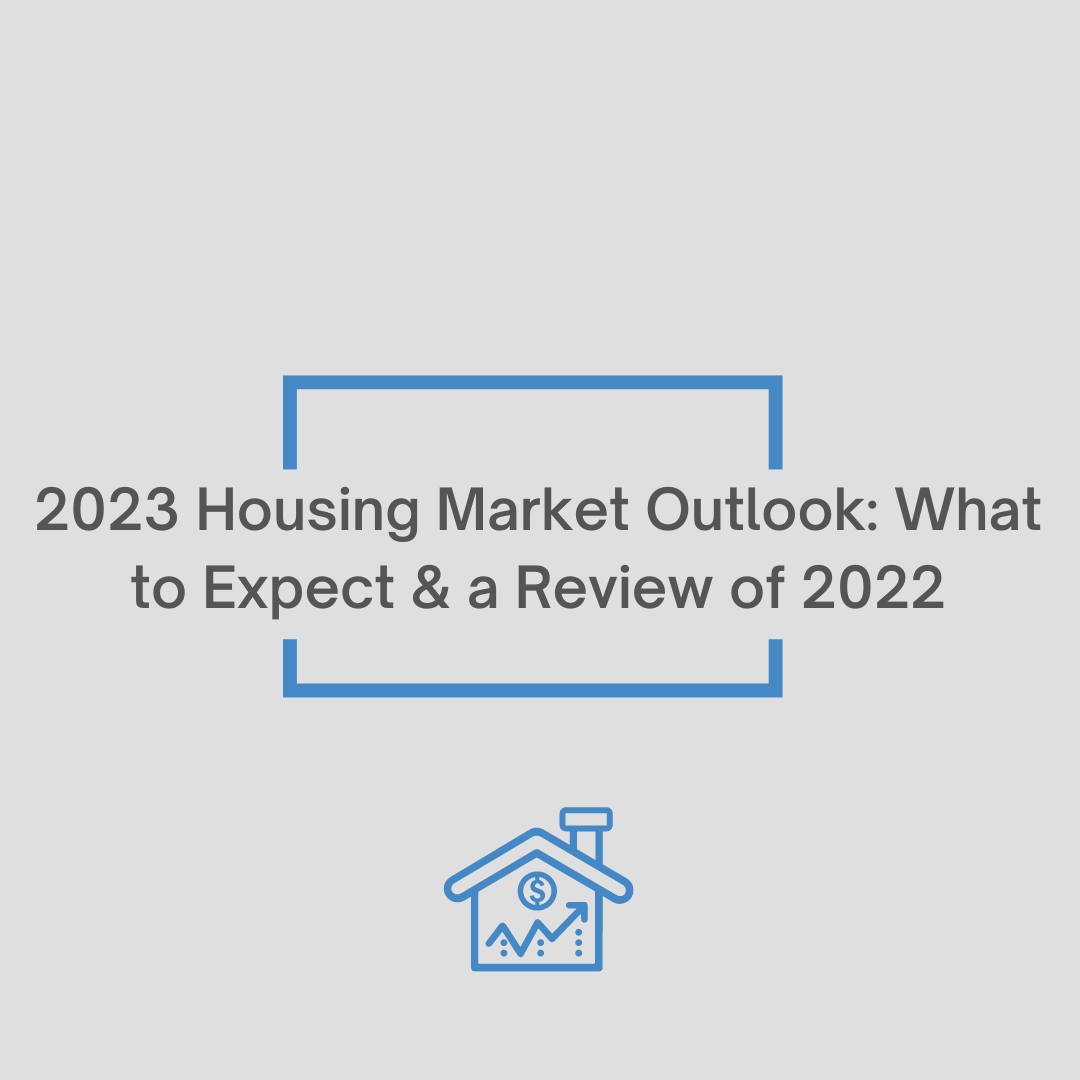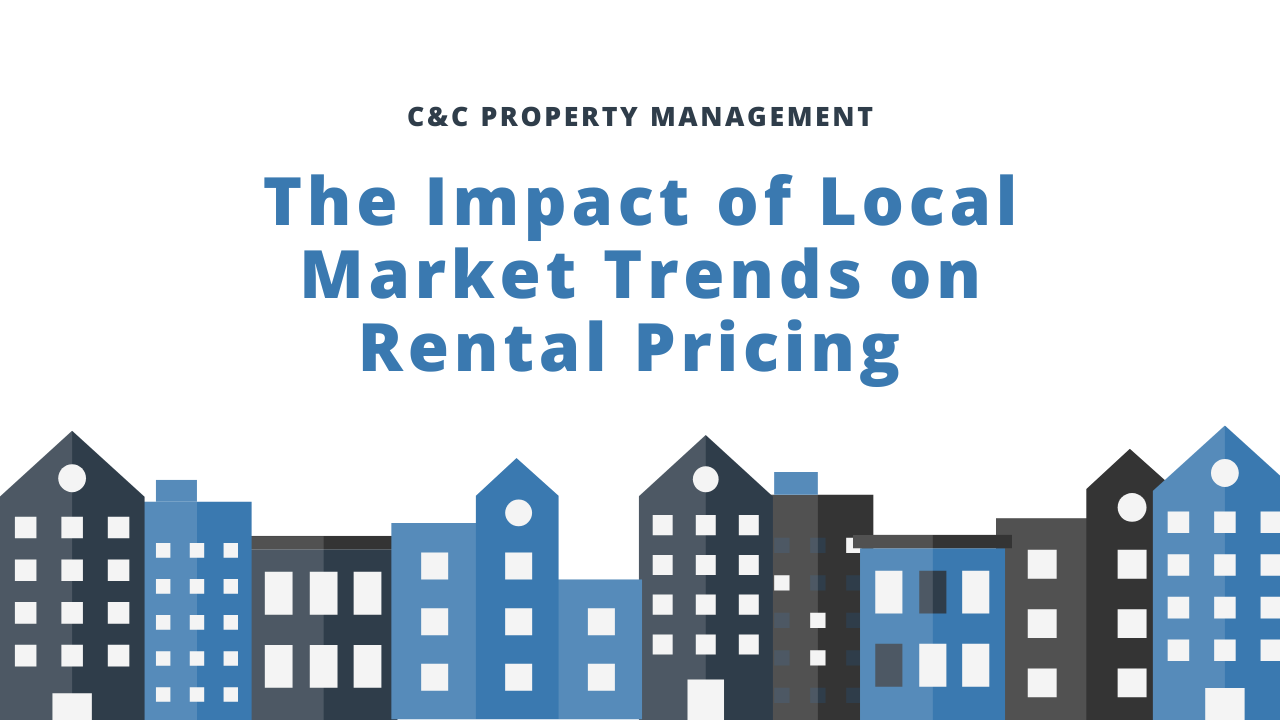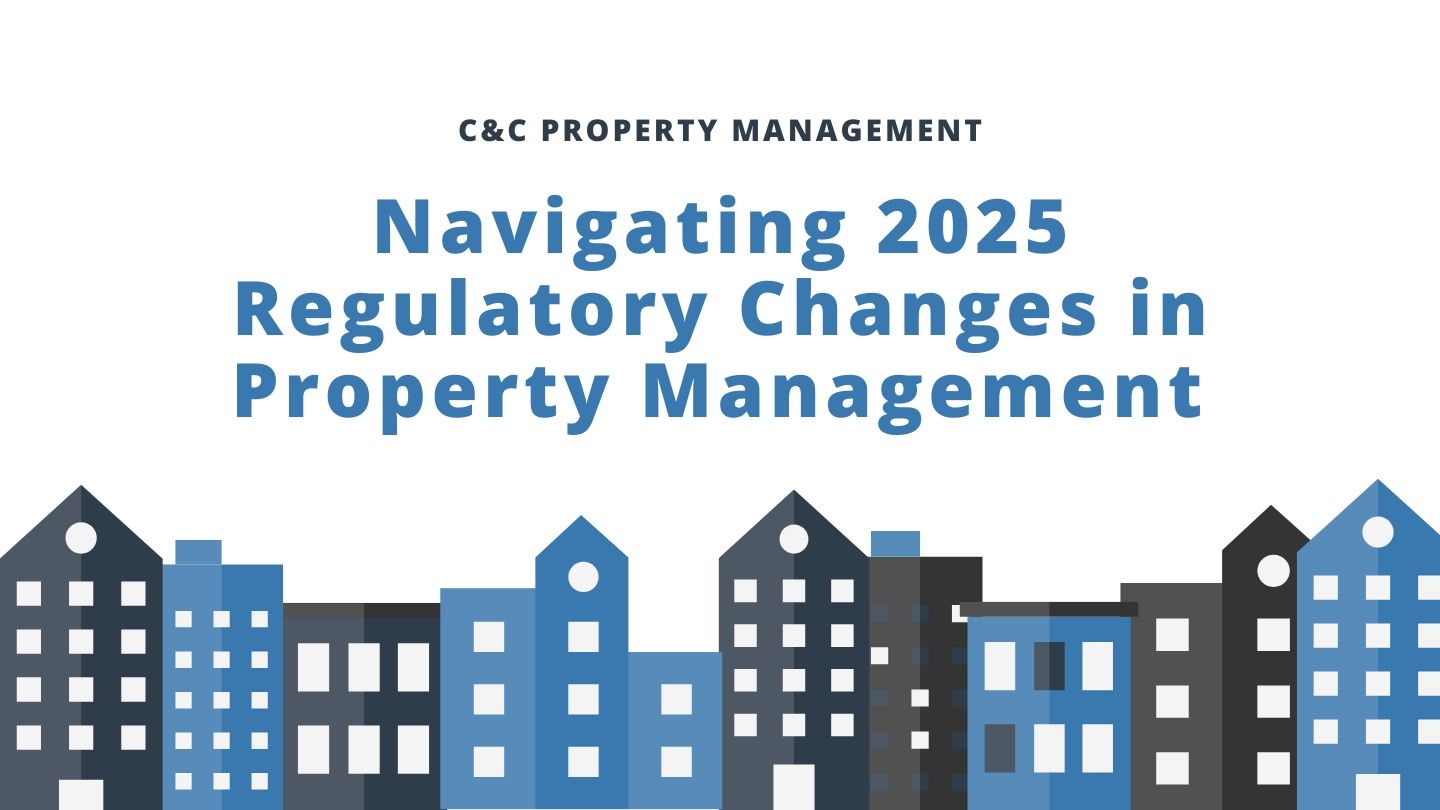2023 Housing Market Outlook: What to Expect & a Review of 2022
As we move into 2023, it's time to start looking ahead at what the housing market might have in store.

After a tumultuous year of record-low mortgage rates and fierce competition for homes, 2022 ended with a surge in home prices that was not anticipated by many experts. As we turn the corner into 2023, many are wondering if this trend will continue or if there will be an adjustment back to more normal levels. In this blog post, we'll review what happened in the housing market during 2022 and then look ahead to make some predictions about what homeowners can expect from the 2023 housing market. We'll also provide tips on how you can best position yourself for success when buying or selling a home in this changing landscape. Read on to learn more!
The First Half
Last year's extraordinary appreciation was no fluke. Every factor influencing housing prices has been pushing values higher. Millennials have reached their prime home-buying age while a decade of underbuilding created an across-the-board inventory shortage – resulting in fierce competition for available homes and skyrocketing values even with mortgage rates near all time lows .
In March of 2022, the Federal Reserve began an unprecedented shift in policy when they raised their federal funds rate. This unexpected decision resulted in a burst of activity as buyers and sellers hastened to complete transactions before higher mortgage rates took hold - this combined with seasonal trends enabled home prices to keep climbing through the summer months ahead.
The Second Half
Subsequently, the housing market felt a sharp sting of increasing mortgage rates. With already unaffordable home prices and additional fees, potential buyers were driven away from the market - leading to an increase in inventory as demand plummeted.
In recent years, vendors experienced an unprecedented boom in the market. However, as their stock increased and buyers claimed greater control of prices, this advantage began to dissipate. Now that balance has been restored between sellers and purchasers alike; pricing is now more affordable for all involved.
(Image 2)
Despite the marked drop-off in prices since May, we can observe that a more modest decline is starting to take hold. In fact, compared with what would be expected from an average seasonal adjustment - 5%-7% - December's dive stands out as deeper than normal at nearly 10%. However, mortgage rates have recently decreased and inventory has stabilized; gradually establishing firmer foundations for market recovery going forward and allaying concerns of a complete crash situation.
Housing Market Outlook In 2023?
As we enter 2023, the global economic picture remains uncertain. Yet what is certain is that housing affordability will play a crucial role in determining activity levels and home prices for this year. Our outlook suggests that if there are improvements to affordability across many markets, then these industry trends could stabilize or even modestly recover by late-2023.
In a time of historic housing un-affordability, the current market correction is unfortunately here to stay. Despite soaring demand and persistent shortages, as soon as affordability improves again we can expect to see renewed activity in this sector. Individuals with an eye on investments should certainly keep watch: when prices begin turning around could be highly lucrative for savvy buyers.
Will Affordability Improve?
Affordability is an intricate concept which relies on balance - real wages, home prices and mortgage rates must all be in harmony to succeed. Fortunately, there may be hope for improvement; if wages rise or some combination of housing costs and loan interest drop then the outlook could become more favorable. Let's review what chance we have at achieving a feasible financial footing.
Real wages
Despite nominal wages rising by a healthy amount, real wage growth has been muted due to high inflation levels. Specifically, year-over-year figures stand at 2% lower in terms of real (inflation adjusted) income yet have increased slightly since the beginning of September.
(table)
Despite a slight uptick in real wages, the current economic environment suggests that any meaningful wage growth is unlikely. As inflation moderates and concerns about an economic slowdown increase, it appears almost certain that little-to-no progress will be made concerning workers' purchasing power.
Housing prices
Homebuyers may be in for a treat this year as residential real estate prices could see significant drops, making homes more affordable. However, to truly benefit from improved affordability home prices would have to decline by at least 10%. How much of an effect mortgage rates will have on the potential price reduction remains uncertain.
Mortgage rates
Confusion reigns in the mortgage market as rate-setters, investors and policy makers grapple with a seemingly paradoxical situation - despite rising federal funds rates over recent years, interest on mortgages is falling. The explanation for these counterintuitive trends lies not in Fed decisions but rather investor sentiment: bond yields are key indicators of what's happening to home loan pricing. Thus, it appears that much hangs from the fragile whims of speculators better than central bank directives when attempting to assess where mortgage rates will be headed next.
Recent economic trends have enabled a favorable environment for mortgage refinancing and home buying, as bond yields in the US Treasury market continue to fall. Inflation has moderated faster than anticipated while fears of a global recession are driving investors towards lower-yielding debt instruments such as bonds; both factors contribute to significantly dropping interest rates on mortgages -from October 2022's peak at 7.23% down an estimated 5.5%-6.5%.
Conclusion
Housing market recovery in 2023 hinges on affordability. If mortgage rates and prices decline as predicted, we will see a revival of the housing sector by Q1 2024 with growth from early that year onwards.
Efficiency and affordability in 2023 may remain stagnant due to the effects of inflation and rising mortgage rates. Without a recovery, housing prices could sink 10-20% over two years with no sign of improvement until late 2024 or early 2025, marking an extended period of correction for our economy.
As we stand on the precipice of a new year, uncertainty is clouding our economic vision. Inflation and bond yields indicate one possible scenario; however, it's fair to extrapolate either outcome in this unpredictable climate - making predictions for 2023 challenging at best.








